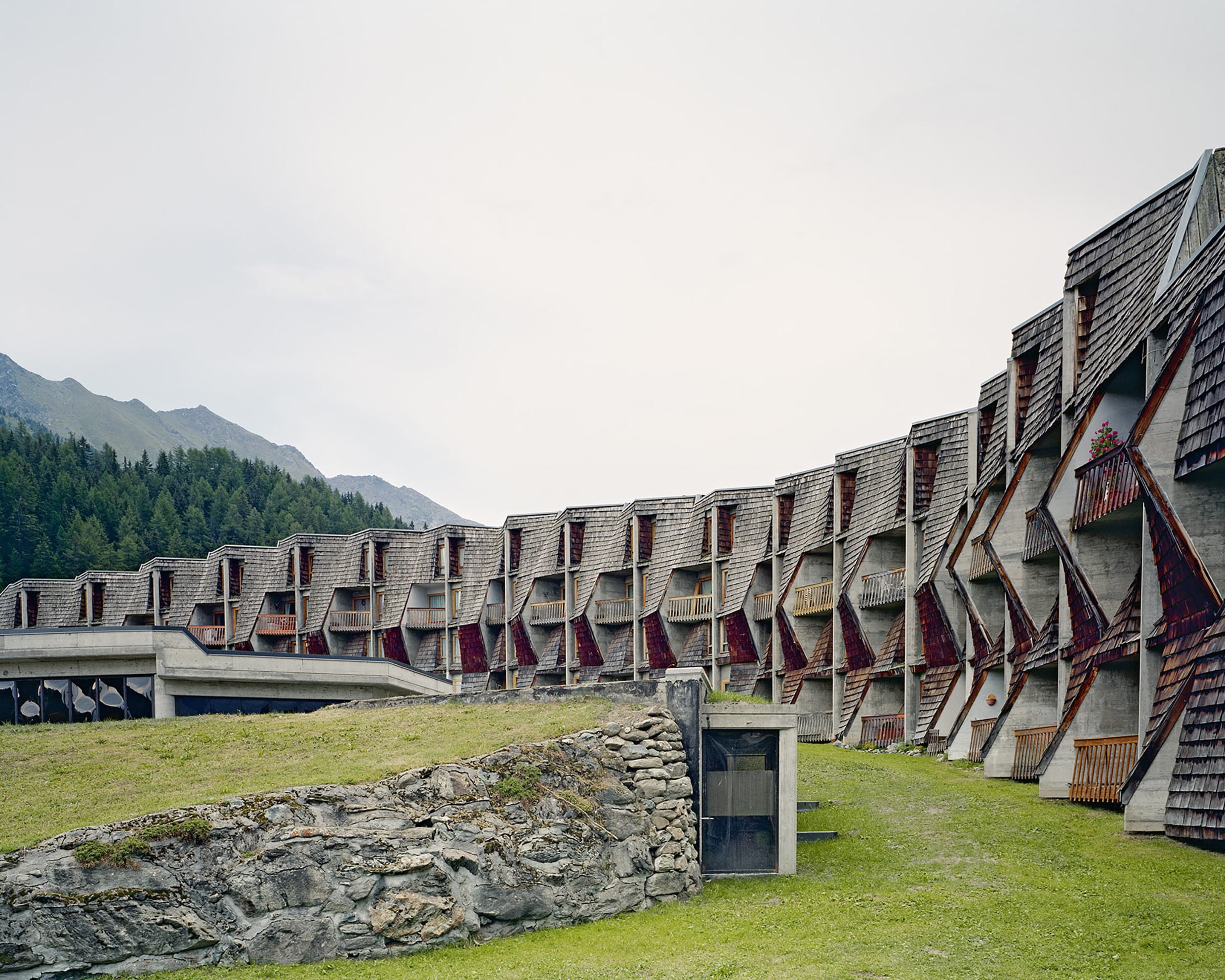
A good picture is a shy deer
The artist and photographer Olaf Unverzart, who lives in Munich and the Upper Palatinate, sees himself as a documentarian, his pictures always moving away from the tourist idyll. In his photographs of the Alps, for example, people are rarely seen, but their traces are everywhere.
With the book ÉTÉ (2020, Kettler Verlag), for which he documented tourist architecture in the Alps together with Sebastian Schels – with, in our opinion, a cool, unrelenting eye – he has cast a spell over us.
Time for a visit to Munich and a conversation with the man and the photographer about photography, freedom, distance, and architecture.
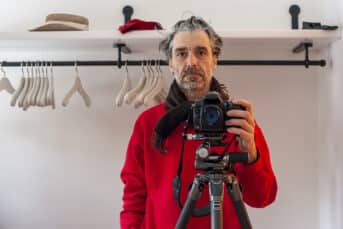
After your childhood dream of becoming a professional cyclist did not come true: What exactly made you take up photography back then and what still fascinates you most about it today?
Olaf Unverzart: I came to photography because it seemed to be the means of expression with which I saw myself and felt most understood. The profession also has a lot to do with my longings for freedom, travel, discovery, my curiosity and my restlessness.
You want to sensitise with your photographs, but not educate. It is not important to you how your pictures affect the viewer. Rather, they are first and foremost your confrontation with the world, your search for answers through photography… You then offer this, your view, to the viewer. Is that right, so far?
Olaf Unverzart: That’s right. By no means educate. More like an offer to share my view of the world. The effect is not primarily important to me. But, of course, any kind of “achievement” is a plus.
You avoid making judgements, in your pictures the focus should always be on the present state. Do terms like “beauty” have any relevance for you at all?
Olaf Unverzart: Beauty is a very subjective thing and I don’t think much of categories or evaluations. The motif must be relevant for me; “beautiful” is not a critical definition.
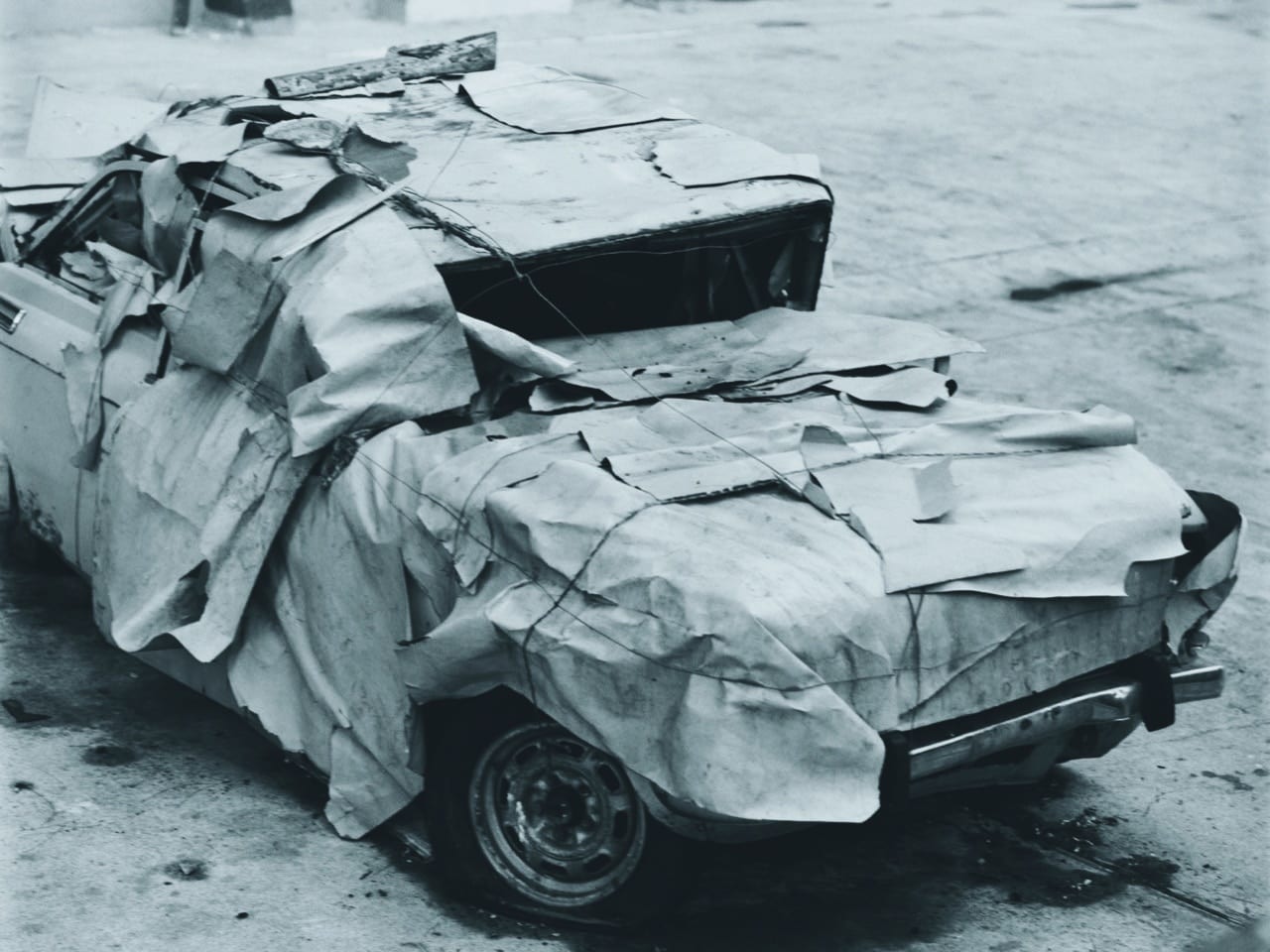
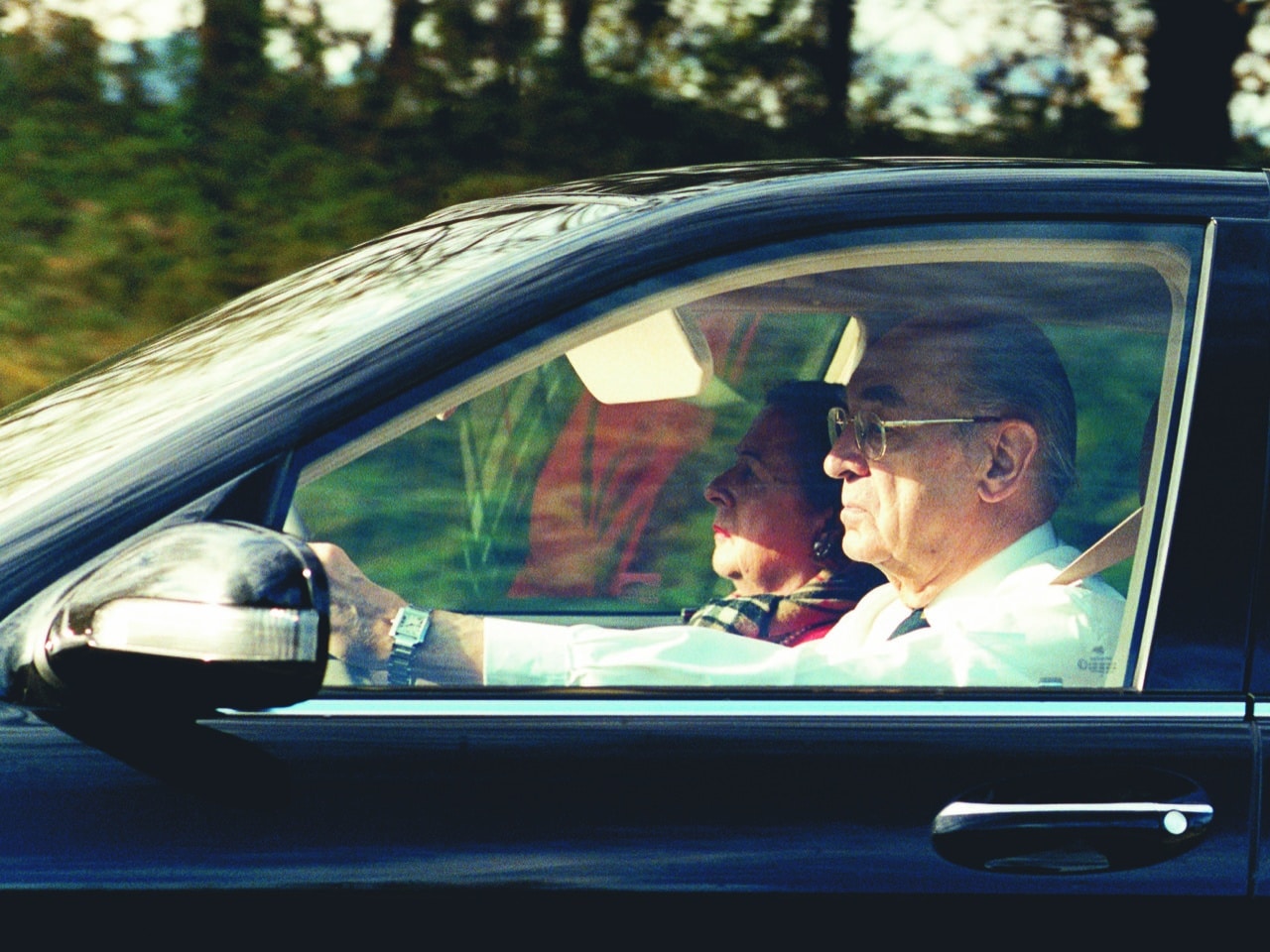
For you, home is…?
Olaf Unverzart: … a comforting feeling that is nurtured by a particular place and by the people who are most closely connected to it.
After travelling so much for work, do you still have any wanderlust as a private person?
Olaf Unverzart: My destination is also my task and that is to arrive. That usually takes a lifetime, with many detours. My travels have always been part of this task. I distinguish between photographer and private person. And, back to the question: Yes, I still very much appreciate travelling to foreign countries and meeting new people.
Your sister is an architect and Sebastian Schels, with whom you sometimes work, is an architectural photographer. Has that never appealed to you: designing or focusing on architectural photography yourself?
Olaf Unverzart: No, neither of these is a missed life’s dream. Rather, I would have liked to write more or make music. Architecture is a great art and in the best-case scenario it also provides meaning. I like to look at it reverently and closely.
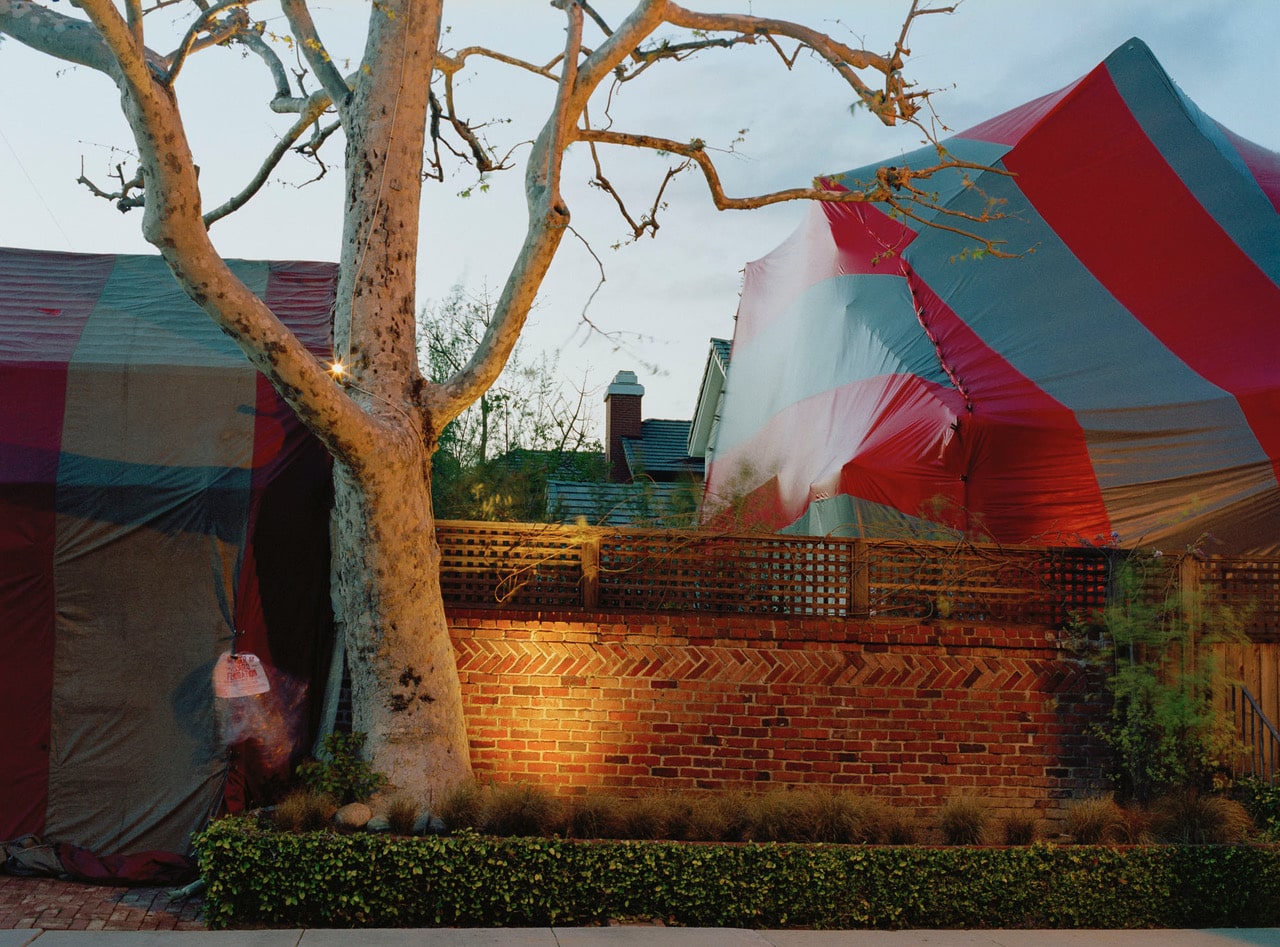
In many of your works you deal with the influence of humans on landscapes. The mountains take up a lot of space here. What exactly do you find so fascinating about them?
Olaf Unverzart: For me, mountains are a dynamic source of friction. They are there and don’t change their position. They don’t need me; they can be rugged and brutal. I like landscapes that are less lovely, where the weather is in charge.
Over the years we have become friends with our respective idiosyncrasies.
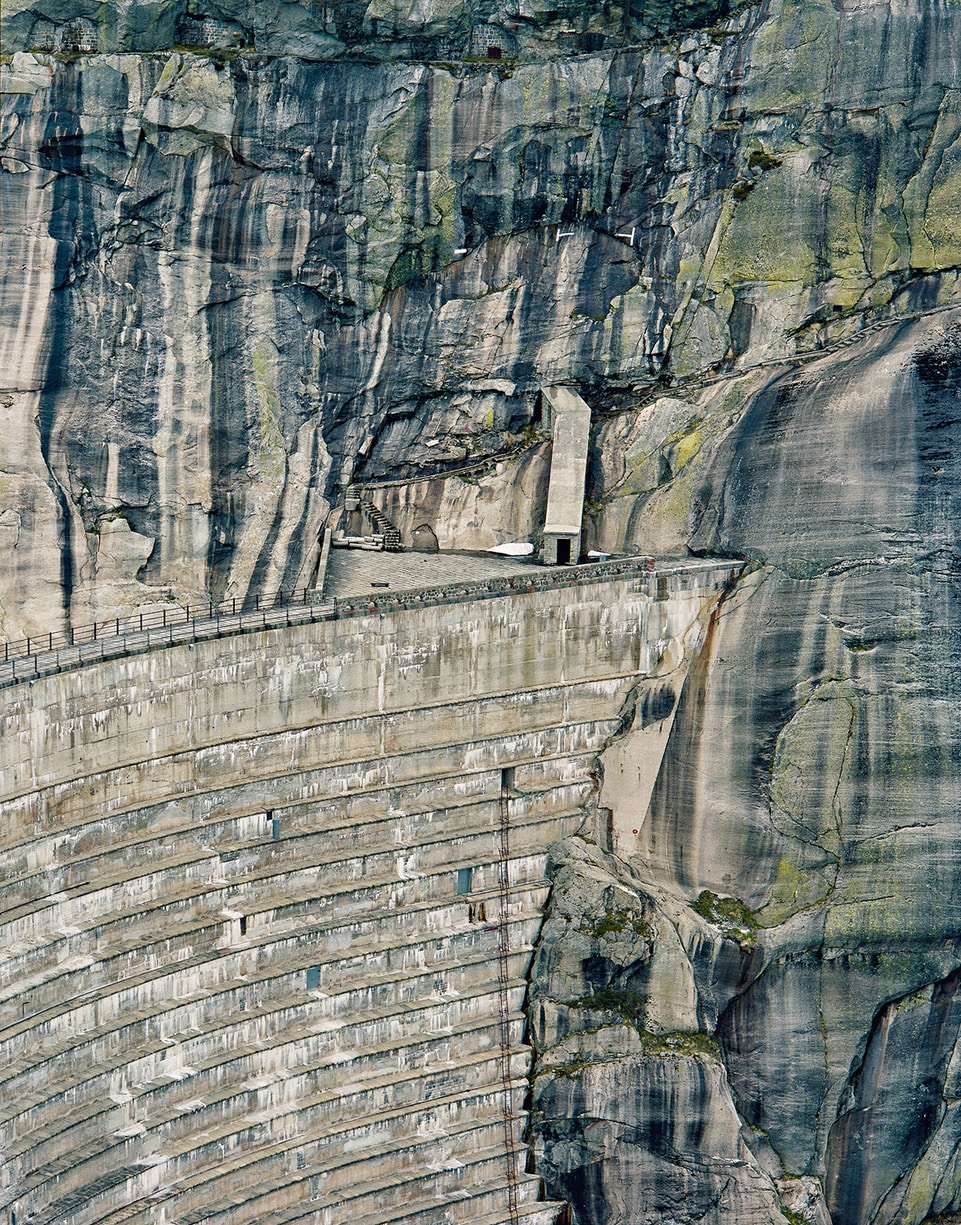
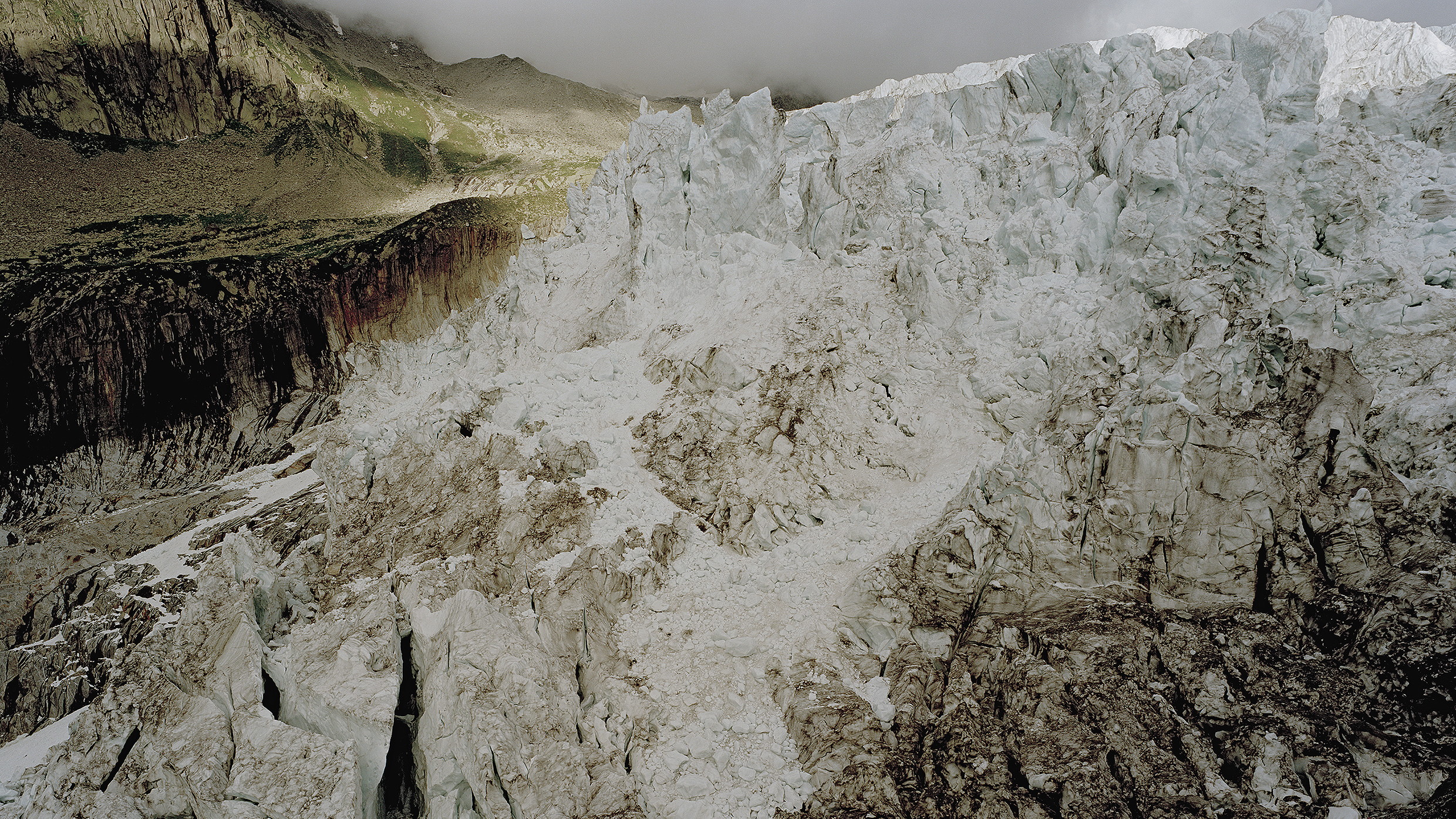
Since you don’t go on holiday in the classical sense, you don’t really need HOLIDAYARCHITECTURE, do you?
Olaf Unverzart: Before my children were born, I travelled for six months in some years. I’m less familiar with terms like recreation, holiday or leisure, but that’s not meant to sound unworldly or pretentious. They are simply not the categories that structure and determine my life.
On the other hand, I am very interested in houses and places that have a special charm, that function and do not imprison, but are in harmony with their surroundings. I could well spend time there and try to be happy. So, I certainly belong to the target group of holiday architecture.
Catching that one moment requires good preparation and great patience in front of the motif. To look carefully, to persevere as if without intention and at the same time to be alert, to get involved. Is that what characterises you as a photographer?
Olaf Unverzart: Yes, I could have said that. It’s a kind of game – sometimes easier, often difficult. A good picture is a shy deer.
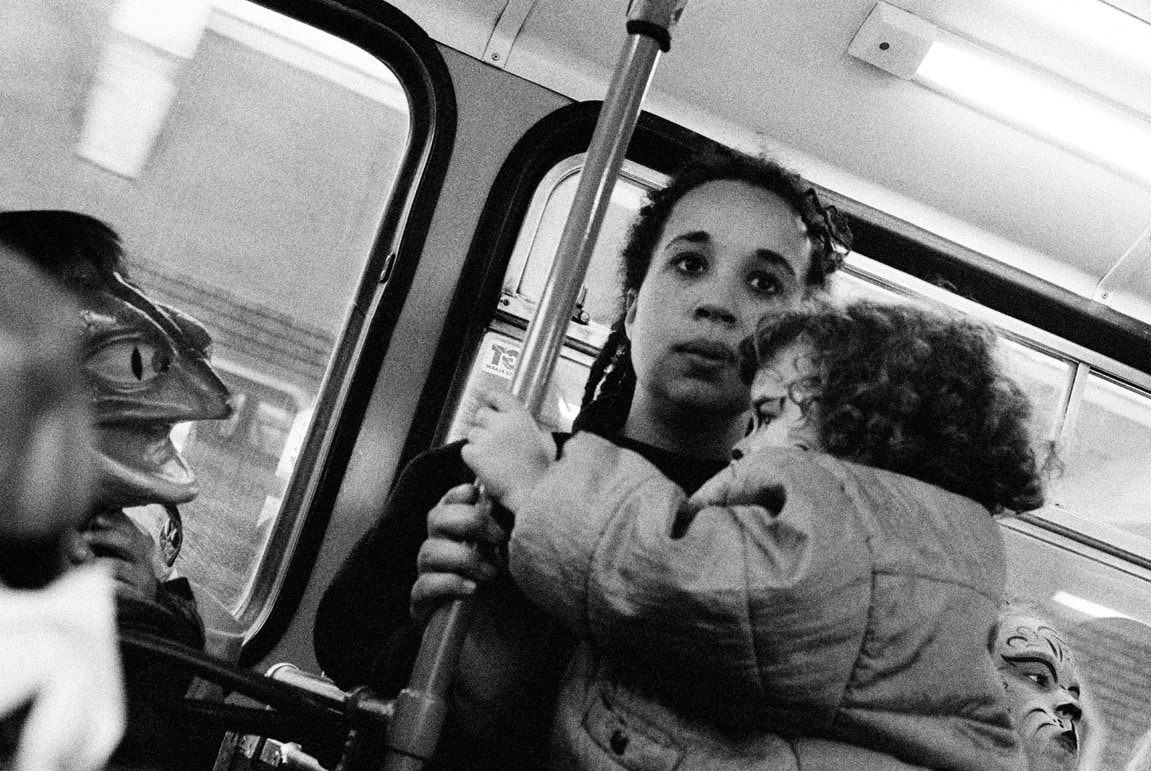
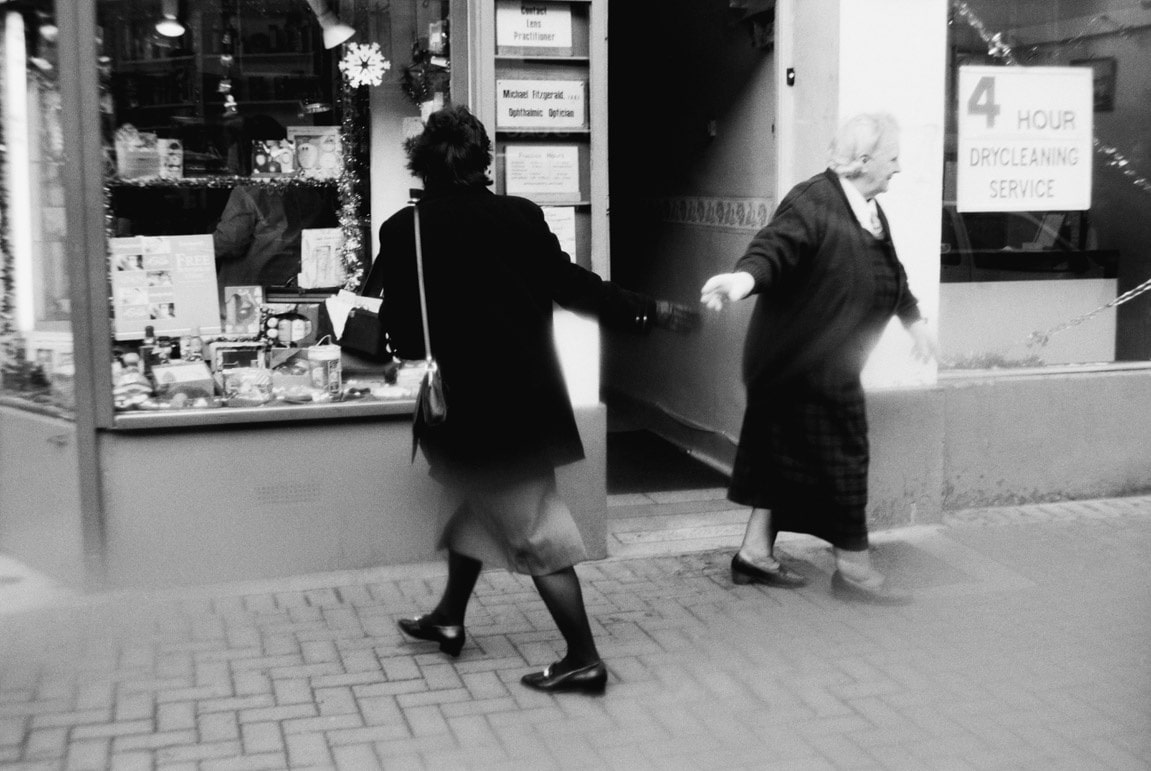
For the project ÉTÉ, which you realised together with Sebastian Schels, you set your sights on winter sports resorts in the Alps and their architecture – in summer and in a depopulated state.
Olaf Unverzart: These are inhospitable places that almost feel like film sets. The architecture and infrastructure, completely subjected to the holiday, determine everything there. Add to that the high altitudes, where sparse vegetation prevails even in summer and the weather is always an important component. There are far fewer people there in summer, but leisure programmes and entertainment play an enormous role in almost all places.
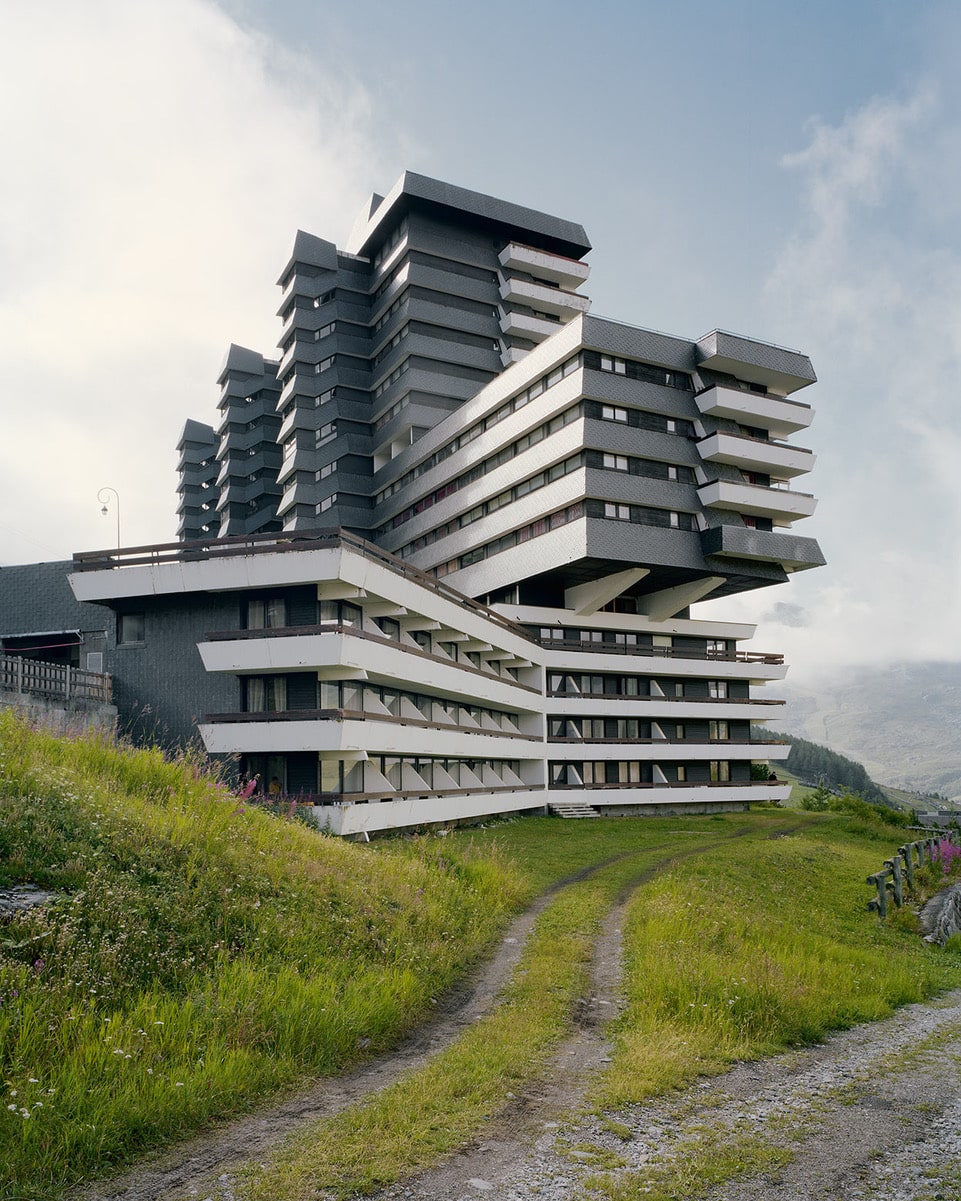
What can photography achieve?
Olaf Unverzart: I firmly believe that it will accompany me throughout my life. And make this life better or less unhappy. It is my access to the world. And it is ideally suited for melancholic people – because whenever you see something, it is already over.
Photographic images are the communication and information medium of our time par excellence. They have become important and powerful and are becoming more and more so due to their universal, constant and mass sharing and dissemination. In many respects, my photography is still rooted in the analogue world.
Often you are on the road with a medium or large format camera in the most remote areas. When that one moment – due to the weather – doesn’t arrive…
Olaf Unverzart: Then so be it. It happens from time to time.
Do you learn to deal with it?
Olaf Unverzart: Reluctantly.
You don’t want your photographs to be dissected or analysed too much. Is that more the role of your gallery owners, who have the task of placing them in a context, of at least offering the viewer levels of interpretation?
Olaf Unverzart: Not only that, the collaboration with my galleries is especially important in the development phase of a photographic series. In addition to mediation and placement on the art market, at best it’s also about creating something together.
Normally, I decide myself about everything I create photographically (ÉTÉ is of course an exception). Actually, as an artist, you only work with your own echo 90% of the time – so sometimes questions or opinions are not the worst thing.
At the end of our preliminary talk, you mentioned that it would be exciting to see the “guy” behind the photographer. So, tell me…
Olaf Unverzart: Photography can document sections of the world and, in order for it to have added value and to have sufficient power for me as a means of expression, it must also be able to interpret the world.
Therefore, the author behind the camera should also be identifiable in the photographs he/she feels are good and important. So, all you really have to do is look closely and maybe you will see me in my pictures.
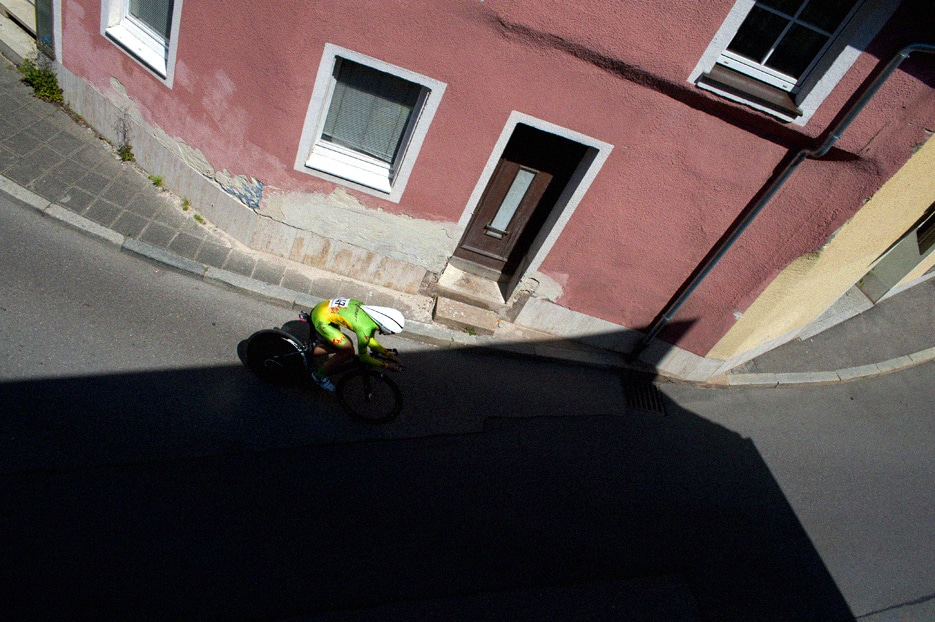
What is luxury for you?
Olaf Unverzart: Luxury means being able to take your time and decide freely when and what you want to do.
Isn’t one of the main purposes of photography to help defeat the transience of memory to some extent?
Olaf Unverzart: I wouldn’t say defeat. Photography is a wonderful invention for finding access to the world and it can be a language by means of which one talks about one’s own world (mirror) or foreign worlds (window).
What do you think architecture can do at best?
Olaf Unverzart: It should communicate with nature and, in addition to providing protection and living space, above all open up a space of opportunity for the inhabitants to be able to think new things. Or to quote Frank Lloyd Wright: “Study nature, love nature, stay close to nature. It will never fail you.” ( Carla Lind, The Wright Style, 1992).
Coming soon: book release “Walking Distance” (2022) – 30 years of street photography
Interview: Ulrich Stefan Knoll, November 2021
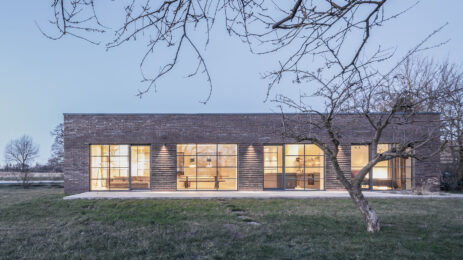


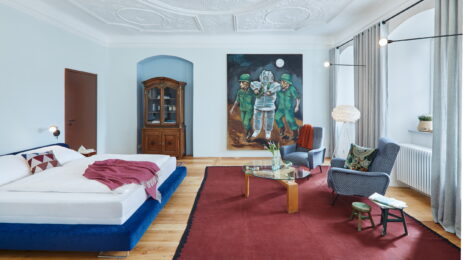
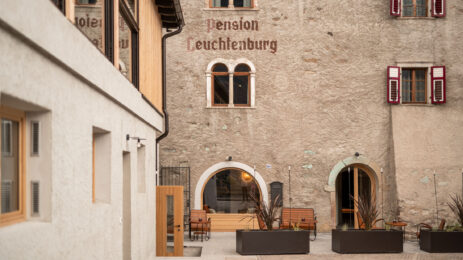
2 Comments
Für mich sind die Aufnahmen von Olaf Unverzart Fenster in eine Welt die an "uns" vorüberzieht ohne sie wahrzunehmen. Chapeau!!
fantastische Fotos! liebe Grüße Eva Schlegel